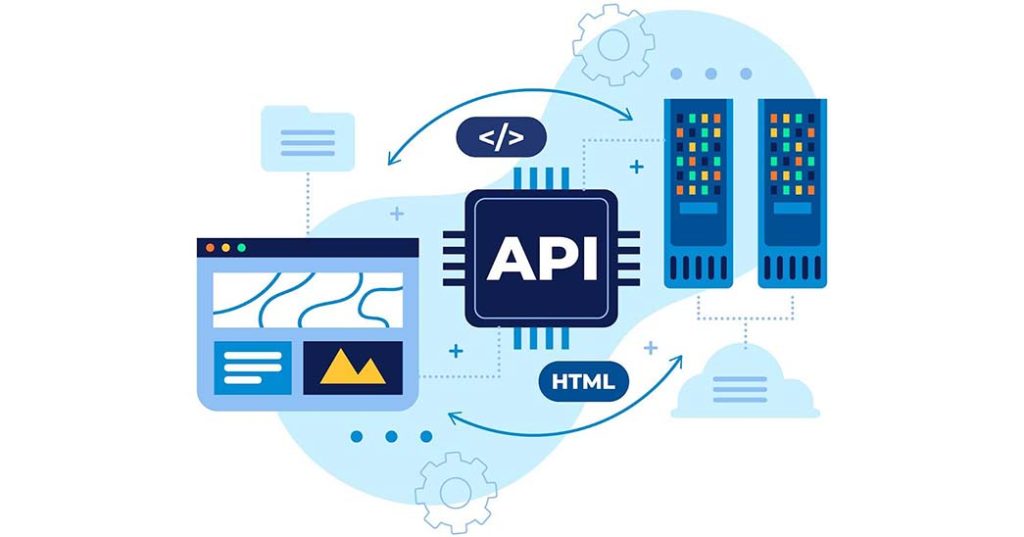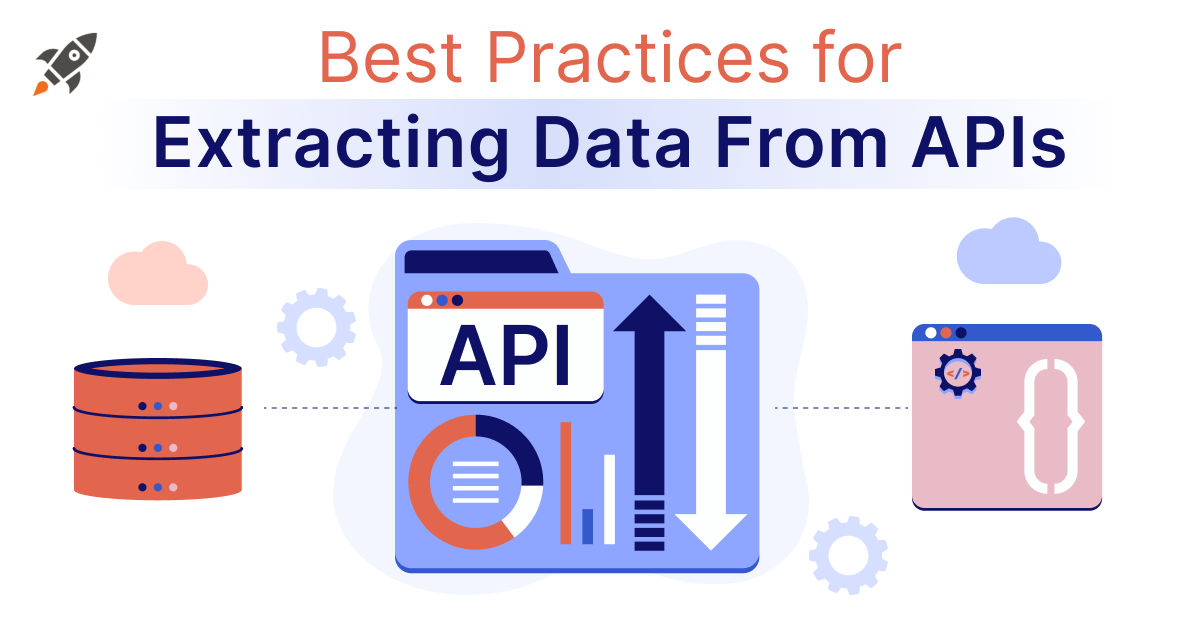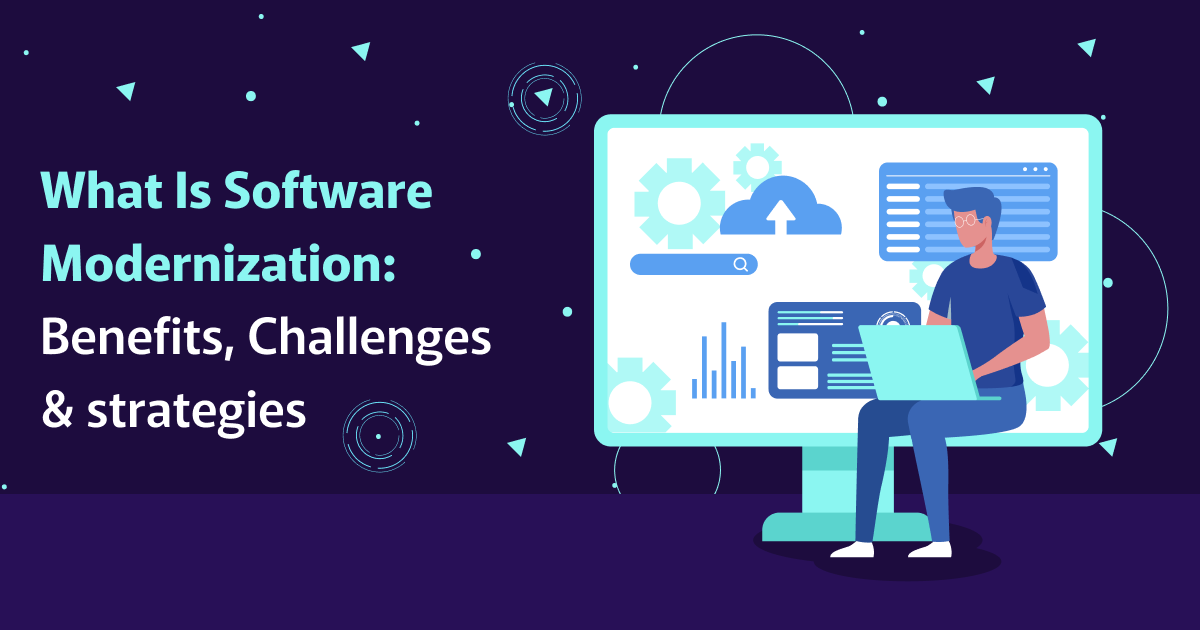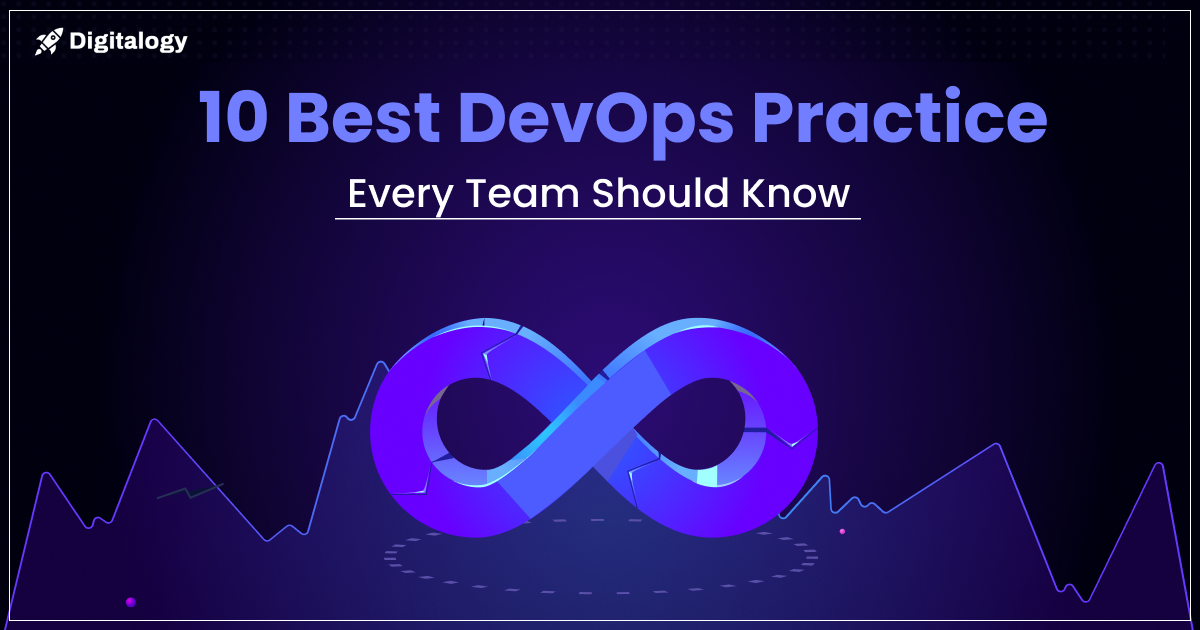Today data is the lifeline of any business and therefore firms and organizations extract it from different sources that are reliable and updated regularly.
Manual extraction of the data is tedious and prone to mistakes. One of the better and more robust solutions is the use of API. However, certain rules and terms should be followed to avoid any hassle.
In this read, we are going to see some of the best practices to extract data when using an API.
But first, let’s understand what data extraction API is, how it works, and why you use an API instead of other methods or tools.

What is Data Extraction API
A Data Extraction API is a set of protocols and tools that allow developers to retrieve data from different sources in a structured and automated manner.
These APIs provide a seamless way to access large volumes of data without the need for manual intervention, ensuring accuracy and efficiency.
APIs function as intermediaries, connecting your application to the data source. They make requests to the server, which then processes these requests and returns the required data in a readable format, typically JSON or XML.
This automation minimizes human error and speeds up the data retrieval process.
Why Use an API for Data Extraction?
Using an API for data extraction offers several advantages over traditional methods:
- Efficiency: APIs automate the data retrieval process, saving time and reducing the workload.
- Accuracy: Automated processes minimize human errors, ensuring the data you extract is reliable.
- Scalability: APIs can handle large volumes of data, making it easier to scale your operations as needed.
- Real-Time Access: APIs provide real-time access to data, ensuring you always have the most up-to-date information.
- Security: APIs come with built-in security features, protecting your data from unauthorized access.
These are some advantages that you have with the use of API. Now let’s see what types of data extraction APIs are available today.
Type of Data Extraction APIs
Organizations use different types of API data extraction techniques. Each of them employs a particular data extraction method to retrieve valuable information. Depending on what data is needed, and from which source, the data extraction APIs are divided into different types.
Below are a few commonly used types:
- Web Scraping APIs and Web Scraping using Python: A Web Scraping API extracts data from sources such as Amazon, LinkedIn, or even Google search results. These are used in lead generation, data enrichment, extracting real estate data, etc. Web scraping using Python allows for extracting data from various websites using libraries such as BeautifulSoup, Scrapy, and Selenium.
- Text Extraction APIs: These APIs are used to extract text from different sources. These platforms support file formats such as XLSX, DOCX, TIF or TXT. These APIs help you to skip the hassle of converting between PDFs and other formats to get the text extracted. These APIs can be used for sentiment analysis, keyword extraction, topic labelling, and much more.
- Database Extraction APIs: Database APIs extract data from databases you already have. They can be used to extract any particular data or set of large data. However, note that they differ from Web scraping APIs, which are more of data extractors from the web, and database extraction APIs are used to fetch data from already made databases.
- Email Extraction APIs: Email extractor API extracts information from emails, retrieves attachments and can convert emails into PDF format.
- Social Media APIs: These APIs gather data from social media platforms such as Twitter, Facebook, and Instagram. They are useful for sentiment analysis, social media monitoring, and extracting user engagement metrics.
- IoT Data Extraction APIs: These APIs are the core components of any IoT app development services, retrieving data from Internet of Things (IoT) devices. They are used to collect data from smart devices, sensors, and wearables, enabling real-time monitoring and analysis.
These were types of APIs via which some sort of data can be extracted. Now let us look at some best practices that you can use to extract data from them.
Best Practices for Extracting Data From APIs
Extracting data from APIs effectively requires sticking to certain best practices. Organizations can ensure that their data extraction processes are efficient, reliable, and secure by following some practices. Let’s look at them one by one.
1. Understand the API Documentation: Before using an API, thoroughly read and understand its documentation. The documentation provides crucial information about the API’s endpoints, authentication methods, rate limits, and data formats. This understanding will help you implement the API correctly and avoid common pitfalls.
2. Use Proper Authentication: Secure your API requests with proper authentication methods, such as API keys, OAuth tokens, or other authentication mechanisms provided by the API provider. This ensures that only authorized users can access the data and helps protect sensitive information.
3. Handle Rate Limits: APIs often have rate limits to prevent abuse and ensure fair usage. Keep note of these limits and implement strategies to handle them gracefully. This might include adding delays between requests, using retry mechanisms, or prioritizing critical data requests.
4. Optimize API Calls: Minimize the number of API calls by requesting only the necessary data. Use filtering, pagination, and other query parameters to limit the amount of data returned in each response. This reduces the load on the API server and speeds up your data extraction process.
5. Implement Error Handling: Ensure your application can gracefully handle various types of errors, such as network issues, server errors, or invalid requests. Implement retry logic and provide meaningful error messages to help with debugging.
6. Ensure Data Security: Protect the data you extract by using secure communication protocols such as HTTPS. Encrypt sensitive data both in transit and at rest, and follow best practices for data storage and access control to prevent unauthorized access.
7. Keep APIs Up-to-Date: APIs can change over time, with new versions being released and old ones being deprecated. Stay informed about updates to the APIs you use and adjust your implementation accordingly to avoid disruptions in your data extraction processes.
8. Monitor API Usage: Regularly monitor your API usage to ensure compliance with the provider’s terms of service and to identify any unusual activity. Monitoring can also help you optimize your usage patterns and detect potential issues early. Some APIs have this usage listed in their dashboard for you to see how frequently the usage is easy.
9. Test Thoroughly: Before deploying your data extraction solution, thoroughly test it in various scenarios to ensure it works as expected. This includes testing with different data sets, handling edge cases, and verifying that your application can handle the expected load.
10. Document Your Integration: Maintain clear and comprehensive documentation of your API integration, including details about the endpoints used, authentication methods, error handling strategies, and any custom logic. This documentation will be invaluable for future maintenance and for onboarding new team members.
Conclusion
Extracting data from APIs gives many opportunities for businesses, allowing them to tap into valuable resources and insights. While it’s essential to follow best practices, it’s equally important to stay curious and innovative.
You should keep exploring new tools and methods to improve your processes. Stay connected with the developer community to learn about the latest trends and updates.
With the mindset of continuous improvement and ethical responsibility, you can not only enhance your data extraction efforts but also contribute to a more trustworthy and effective digital ecosystem.
Remember, the goal is not just to extract data, rather it is to transform actionable insights that drive meaningful decisions and positive outcomes for the business.







